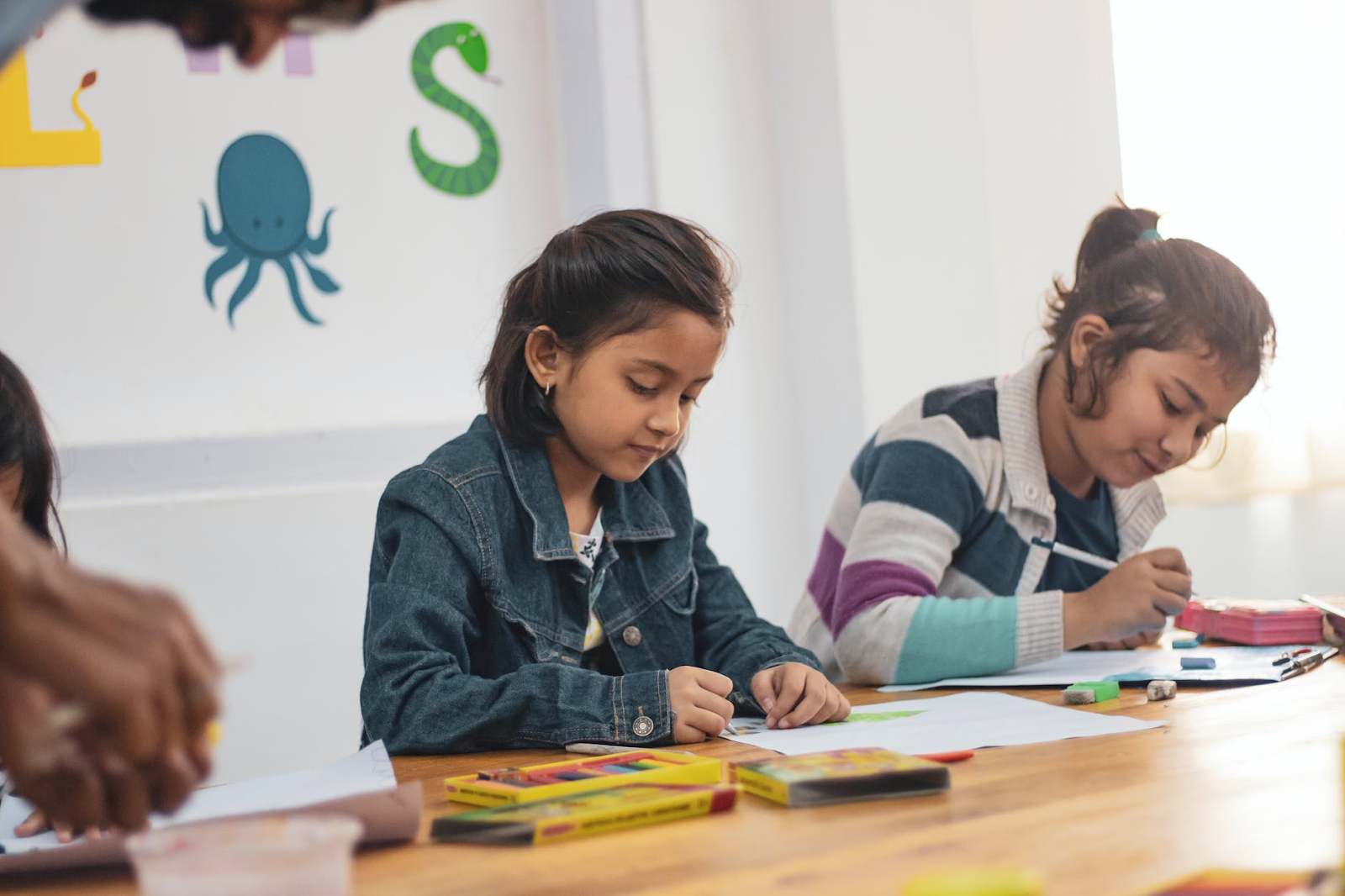Education inequality is a topic that many people avoid, but it needs attention. One of the most critical aspects of education globally is equal opportunity for everyone – and yet, people are failing the students on this front. This blog post will discuss seven causes of educational inequality today.
Achievements
Achievements are nearly equal to wealth. Wealthier students can afford tuition, books and tutoring. In addition, more affluent families often hire exclusive teachers for their children that will not have as many obligations outside of teaching, which generates a higher level of instruction than those who work multiple jobs.
Children from wealthy backgrounds are more likely to live in areas with better school systems. These school systems are often more affluent, which means that these children have access to higher-quality schools and teachers.
Moreover, the achievement gap starts early. Children from poorer backgrounds are more likely to be enrolled in pre-k programs, which have not been proven effective for this age group and tend to provide less challenging work than those who attend daycare or stay home with a parent.
Social Class
The social class of a student can also be the driving factor in educational inequality. For example, students from poorer backgrounds are more likely to have poorly paid teachers who live in areas with inadequate school systems and lack access to resources that might otherwise help them learn on par with their peers from wealthier families.
Some programs like Teach for America strive to improve public education; they don’t divide the students unequally.
Earnings
Parents who can afford it will invest in their child’s future by enrolling them into prestigious private academies or hiring tutors for the summer – this is another cause of educational inequality because those without the ability to do so financially are left behind.
Health Status
The physical and mental health of students can also lead to educational inequality. Those who are sick miss out on school days, which means that they have less instruction than those who remain healthy.
Political Participation
The amount of political participation in a country is also an inequality factor. Those who have more money are better able to lobby for changes that will affect educational equality.
At the same time, those with less financial means cannot afford the same level of lobbying efforts, resulting in fewer resources allocated toward education and worse quality outcomes.
Expectations
People’s expectations from their children is another leading cause of education inequalities because people will often settle with a lower standard for their children if they know that their children will not have access to quality education.
Therefore, parents need to set high expectations for their students to reach their full potential and be as successful as possible in life – even with all the obstacles put forth, it’s better than settling.
Language Barriers and Immigration Status
Language barriers and immigration status are also significant to consider when discussing education inequalities. For example, children who immigrate often have a language barrier, which can lead to lower levels of instruction or difficulty in the classroom – if they don’t know the English language fluently by the time they reach high school level, this disparity persists into college as well.
Conclusion
There’s no easy solution to this problem – there are many causes that contribute to educational inequality. The most important thing is for people to be aware of it and then work together towards a solution.

